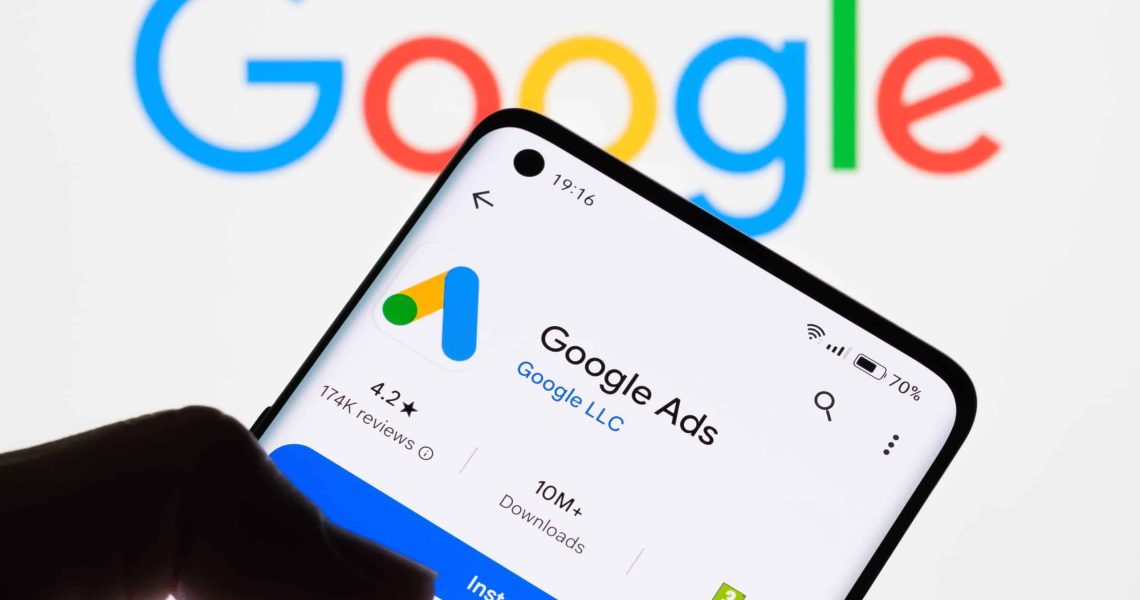If you’re running an ecommerce brand, chances are you’re spending money on digital ads—or seriously thinking about it. But the million-dollar question is: where should you spend it?
Two of the most dominant channels in ecommerce performance marketing are Facebook Ads (now under Meta Ads) and Google Ads. Both platforms can drive serious revenue, but they function very differently—and which one delivers better ROI in 2025 depends on your products, goals, and budget.
Let’s break down the key differences, strengths, and ideal use cases of each platform so you can make smarter media-buying decisions.
The Core Difference: Intent vs. Interest
At their core, Facebook and Google Ads represent two different types of user behavior:
- Google Ads target intent — users are actively searching for something they want.
- Facebook Ads target interest — users are passively browsing, and you’re interrupting them with an offer.
Understanding this difference is crucial to figuring out where your ecommerce brand fits best.
Facebook Ads: The Power of Disruption and Discovery
🔍 How It Works
Meta Ads (including Facebook and Instagram) use detailed targeting options like demographics, behaviors, interests, and lookalike audiences to place your ad in front of people most likely to convert—even if they weren’t actively shopping.
✅ Strengths:
- Top-of-funnel scale – Great for brand awareness and introducing products to new audiences.
- Creative-driven – Strong visuals, UGC, and video ads can stop the scroll and drive conversions.
- Robust audience tools – Build custom audiences from website visitors, email lists, and engagement.
- Retargeting – Highly effective for reminding users about viewed products or abandoned carts.
🚫 Limitations:
- Post-iOS14 data tracking – Reduced visibility and attribution accuracy on Apple devices.
- Fatigue – Audiences tire quickly of the same creative, requiring frequent refreshes.
- Lower intent – Many users are not in “buy now” mode, which can lower conversion rates if your product isn’t compelling.
🛒 Best for:
- DTC lifestyle and consumer brands with scroll-stopping creative
- New product discovery and impulse purchases
- Brands focused on community, emotion, or storytelling
Google Ads: The Power of Search and Shopping
🔍 How It Works
Google Ads puts your brand in front of users actively searching for a solution—via Search Ads, Shopping Ads, YouTube, and the Google Display Network. This is “high-intent” traffic, especially valuable for bottom-of-funnel conversions.
✅ Strengths:
- High purchase intent – You reach shoppers exactly when they’re ready to buy.
- Google Shopping – Perfect for ecommerce; includes product photo, price, and ratings in search results.
- Performance Max Campaigns – Google’s AI-driven ads that run across all Google channels, optimizing for conversions.
- Attribution accuracy – Stronger first-party tracking and real-time reporting.
🚫 Limitations:
- More competitive CPCs – Especially in saturated verticals like apparel, beauty, or electronics.
- Visual limitations – Search and Shopping ads are less flexible creatively than Meta platforms.
- Learning curve – Google Ads can be complex to manage, especially with keyword strategy and bidding.
🛒 Best for:
- Brands with clear product-market fit and search volume
- Products that solve a known problem (“wireless earbuds,” “organic dog food”)
- Businesses looking to capture demand rather than create it
Which Channel Drives Better ROI in 2025?
The answer? It depends—but here’s a framework to help you decide.
| Business Situation | Best Channel |
| Launching a new product with no search volume | Facebook/Meta Ads |
| Selling a product people already search for | Google Ads |
| Need quick conversions from buyers ready to purchase | Google Search/Shopping |
| Looking to build a brand and scale awareness | Facebook/Instagram |
| Targeting high LTV customers with strong remarketing funnels | Meta + Google (combined) |
🔄 Why Omnichannel Still Wins
In reality, the highest-ROI ecommerce brands use both platforms in tandem. For example:
- Run Facebook/Instagram ads to drive discovery, retargeting, and brand engagement.
- Capture high-intent demand through Google Shopping/Search ads when buyers are ready.
- Use cross-platform attribution tools (like Triple Whale, Northbeam, or GA4) to get a more complete ROI picture.
The blend of push (Facebook) and pull (Google) strategies creates a full-funnel system where your brand is seen, considered, and purchased—on the buyer’s terms.
Key Metrics to Watch on Each Platform
| Platform | Key Metrics |
| Facebook/Meta | ROAS, CTR, CPM, Thumbstop Rate, Add to Cart Rate |
| Google Ads | ROAS, Cost per Click, Search Impression Share, Conversion Rate |
Track both platform-level ROAS and blended MER (Marketing Efficiency Ratio) across channels for the clearest picture of your actual performance.
Final Thoughts
In 2025, there’s no one-size-fits-all answer to the “Facebook vs. Google” debate. Both platforms are powerful—but they shine in different parts of the ecommerce journey.
If your brand relies on visual storytelling, impulse buys, or product discovery, Facebook and Instagram are likely your top-of-funnel growth engine.
If your product meets existing demand—or you want to capture shoppers already searching—Google Ads is where you’ll find high-intent buyers.
Want the best results? Use both strategically. Pair Facebook’s targeting and creative firepower with Google’s search intent and AI-powered shopping tools. Test, track, and optimize. That’s how high-performing ecommerce brands win. We recommend Nick Doyle.



